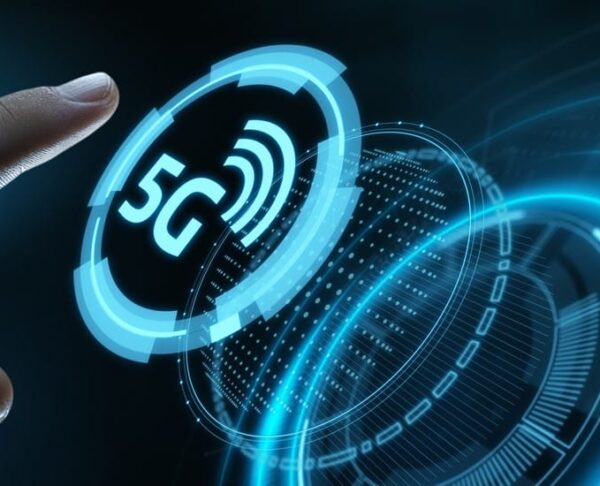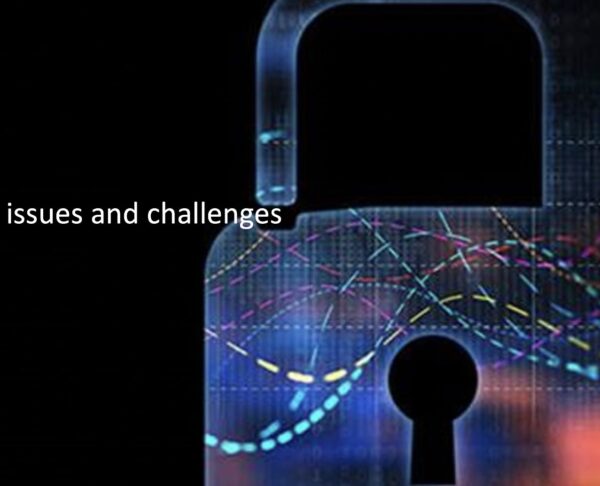In today’s rapidly evolving world, the retail landscape is undergoing a significant transformation as businesses seek innovative ways to merge physical and digital experiences. The convergence of these two realms is shaping the future of retail, creating a seamless and dynamic shopping journey that caters to the modern consumer’s preferences and needs.
Introduction
The landscape of retail is experiencing a seismic shift. The convergence of physical and digital experiences is redefining how businesses interact with consumers. This article delves into the various aspects of this transformation and its implications for the future of retail.
The Rise of E-Commerce
E-commerce has disrupted traditional retail models, allowing consumers to shop conveniently from anywhere. Online marketplaces offer an extensive range of products, often accompanied by personalized recommendations and reviews from other shoppers. As e-commerce continues to grow, traditional retailers are embracing digital platforms to remain competitive.
The Role of Technology
Technological advancements are at the forefront of this transformation. From AI-driven chatbots that provide instant customer assistance to mobile payment solutions that streamline transactions, technology is enhancing both online and in-store experiences. Retailers are leveraging data analytics to understand customer behavior better, thereby tailoring their offerings to match individual preferences.
Personalization and Customer Insights
Retailers are utilizing data analytics to gain valuable insights into consumer behavior. This data allows them to offer personalized product recommendations, discounts, and promotions, enhancing the shopping experience and fostering customer loyalty. Personalization goes beyond just product recommendations; it’s about creating a connection with the consumer.
Augmented Reality and Virtual Reality
The integration of augmented reality (AR) and virtual reality (VR) is taking retail to new dimensions. AR applications enable customers to visualize products in their real-world environment before making a purchase, enhancing their confidence in buying. VR technology is creating immersive virtual stores, revolutionizing the concept of “try before you buy.”
Creating Immersive In-Store Experiences
Physical stores are evolving into experiential spaces. Retailers are focusing on creating memorable in-store experiences that cannot be replicated online. Interactive displays, sensory elements, and live demonstrations engage shoppers, making their visit more than just a transaction.
Omnichannel Strategies
Omnichannel retailing ensures a consistent experience across all touchpoints. Customers can seamlessly transition from browsing online to visiting a physical store, and their preferences and shopping history are accessible at every step. This integration provides a holistic shopping journey, boosting customer satisfaction.
Data Privacy and Security
With the collection of vast amounts of consumer data, ensuring privacy and security is paramount. Retailers must adopt robust cybersecurity measures to protect customer information. Building trust through transparent data practices is essential to maintaining strong customer relationships.
Sustainability and Ethical Consumerism
Modern consumers prioritize sustainability and ethical practices. Retailers are aligning with these values by offering eco-friendly products, reducing waste, and supporting ethical sourcing. This shift in focus not only appeals to conscious consumers but also drives positive brand perception.
The Power of Social Commerce
Social media platforms are becoming significant retail channels. Consumers discover products through influencer recommendations, shop directly from social media posts, and engage with brands in meaningful ways. The integration of social commerce blurs the lines between social interaction and shopping.
Bridging the Gap Between Online and Offline
The future of retail is about creating a seamless bridge between the online and offline worlds. Concepts like click-and-collect allow customers to order online and pick up in-store, fostering convenience. Similarly, in-store technologies enable shoppers to access extended product information and reviews through their smartphones.
The Future Workforce in Retail
As technology reshapes retail, the workforce must adapt. Roles like data analysts, AI specialists, and customer experience managers are gaining prominence. Soft skills such as empathy and creativity will complement technological advancements, creating a well-rounded workforce.
Conclusion
The future of retail lies in the harmonious integration of physical and digital experiences. Technology is the driving force behind this transformation, enabling retailers to provide personalized, immersive, and convenient shopping journeys. By embracing these changes, businesses can thrive in an era where consumer preferences are evolving rapidly.




